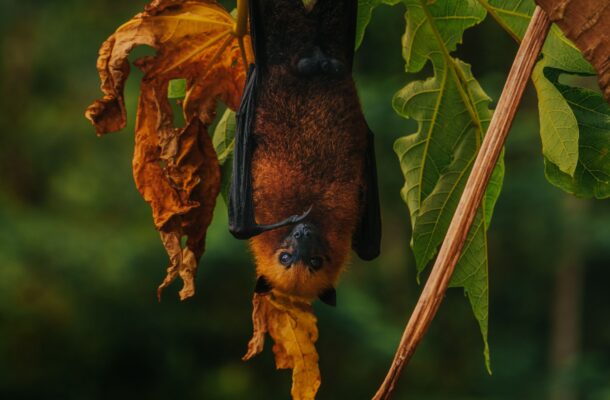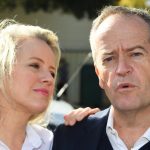Melbourne’s wildlife battlefield

On the banks of the Yarra River in Melbourne, there is a colony of 30,000 or more Flying-Foxes (Fruit-Bats). The colony extends for almost a kilometre along both banks of the river.
Many of the River Red Gum trees on the riverbanks would be at least 100 years old. It is generally accepted that Flying-Foxes are essential to the maintenance of healthy forest ecosystems. However, the riparian vegetation is obviously being degraded by more Flying-Foxes than the ecosystem seems able to support. The animals are sometimes forced to roost in cypress trees on the adjacent golf course.
Implemented in 2005, ‘The Flying-Fox campsite management plan’ was intended to establish a long-term, sustainable roost site for Melbourne’s Flying-Fox colony at Yarra Bend Park. The plan included the following objectives. Relocation or natural population regulation are not among the management criteria.
To enhance vegetation and other environmental values near the roost site.
To minimise the impact of Flying-Foxes on residents and park users.
The grey-headed Flying-Fox is listed as ‘vulnerable’ under the Environment Protection and Biodiversity Conservation Act 1999 (EPBC Act). The park managers say that climate change is a threat to the colony. However, Flying-Fox survival behaviours didn’t evolve in a few decades.
Parks Victoria recently installed a sprinkler system costing $180,000, funded by the state government, to cool the Flying-Foxes when the temperature reaches the high 30’s. The cooling system removes the need for the animals to huddle together trying to avoid heat stress and resulting mortality.
The system consists of a diesel-powered pump to lift water from the Yarra to the sprinklers. Untreated water from the Yarra often does not meet the water quality standards required for watering public open space. Urban runoff and sewage overflows typically contain high levels of E. coli bacteria.
Overspray and dripping from the trees can be expected to be contaminated with bat faeces and other matter potentially hazardous to human health, especially in such a popular recreation area.
If the adjacent golf course applied to use treated recycled water for irrigation, it would be subject to regulations designed to protect health and the environment. Stringent water quality criteria, buffer distances and witholding times would be prescribed. As it is, the park is closed when the sprinklers are likely to be used. However, very fine airborne droplets (aerosols), potentially contaminated with pathogenic organisms, could drift across the river onto the golf course or to nearby residential areas.
The forest ecology rationale for management of the Flying-Fox colony seems weak in view of the evidence. Allowing and encouraging the colony to grow and concentrate to the detriment of its habitat is not consistent with animal welfare, ecosystem protection or maintaining biodiversity.
It’s not hard to think of important conservation projects that would produce lasting benefits given the amount of money made available to grow the Yarra Bend Flying-Fox-Bat colony to an even less sustainable size. Extreme heat can also be lethal to ringtail possums. Would Parks Victoria consider installing airconditioned possum refuges around the suburbs?
The stability of river banks largely depends on vegetation. The damage inflicted on the riparian vegetation by such a concentration of Flying-Foxes is a direct result of human interference in the riparian ecosystem. This is likely to degrade other values of the river and surrounds, including related ecosystems, recreation, economic and water quality.
$180,000 to placate the inner suburban green voters might seem like a bargain but their demands aren’t sustainable either. Economic reality is ultimately as ruthless as the relentless ecological forces that Parks Victoria pretends to manipulate.
It looks like the need to keep up environmental appearances is greater than Parks Victoria’s concern for the Flying-Foxes, the environment or human health.

Max Thomas, Dip. Agric. (retired) worked in the public sector and in private consulting on a range of land, water and waste management projects. He prepared guidelines for irrigation with recycled water for EPA Victoria and developed a number of Environmental Management Systems in the water industry.










